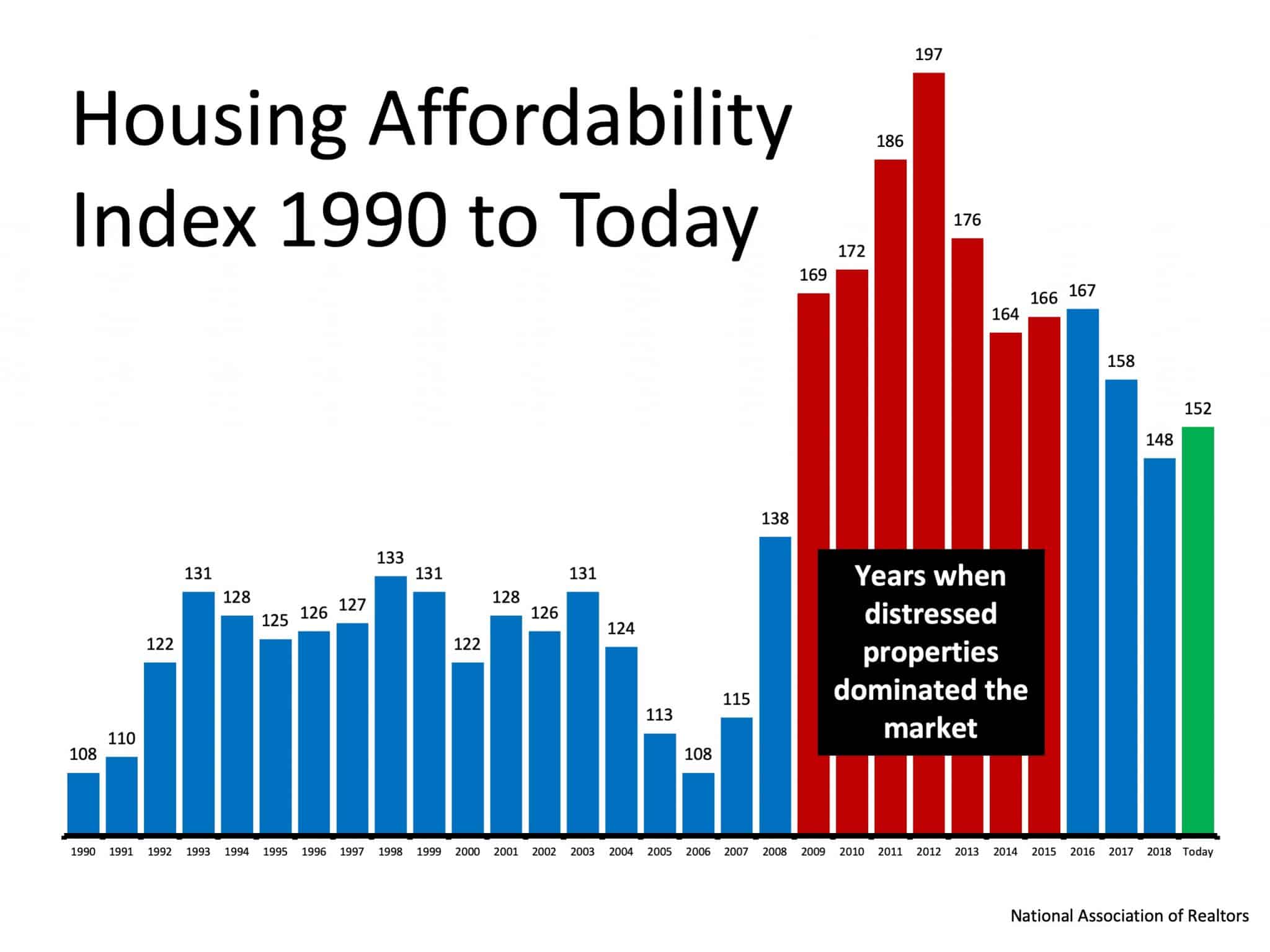Addressing The Housing Crisis: A Balanced Approach Inspired By Gregor Robertson

Table of Contents
Robertson's Focus on Density and Transit-Oriented Development (TOD)
Gregor Robertson's administration prioritized increasing housing density, especially around transit hubs. This transit-oriented development (TOD) strategy aimed to reduce urban sprawl, improve accessibility, and create more sustainable urban development. The core idea was to build higher density mixed-use developments near existing or planned public transportation, reducing reliance on cars and making housing more accessible to a wider range of people.
- Increased zoning allowances: The city council approved zoning changes permitting taller buildings near transit stations, dramatically increasing the potential housing supply in specific areas.
- Incentives for developers: Financial incentives were offered to developers who incorporated affordable housing units into new developments near transit. This inclusionary zoning approach aimed to create a more balanced housing mix.
- Public transportation investment: Significant investments in public transportation infrastructure, including new bus routes and SkyTrain expansions, were made to support the increased density and improve connectivity.
However, this strategy faced challenges:
- NIMBYism (Not In My Backyard): Resistance from some communities concerned about increased density, shadows, and potential impacts on their neighborhoods presented significant obstacles.
- Gentrification Concerns: The increase in housing supply in some areas led to concerns about gentrification and displacement of existing residents.
Despite these challenges, the strategy saw successes:
- Increased housing supply: The initiative resulted in a noticeable increase in housing units in targeted areas, particularly around major transit lines.
- Improved urban design: In some areas, TOD led to improved urban design, creating vibrant, walkable communities centered around transit hubs.
Addressing Social Housing Needs
Providing safe and affordable social housing for vulnerable populations was a central component of Robertson's policies. Recognizing the critical need for subsidized housing, his administration implemented several initiatives:
- Funding for social housing: Dedicated funding was allocated for the development and renovation of social housing units.
- Partnerships with non-profits: The city collaborated extensively with non-profit organizations to expand the availability of supportive housing for individuals and families facing homelessness or housing insecurity. These partnerships leveraged expertise and resources to address complex needs.
Challenges included:
- Limited funding: The funding allocated, while significant, was often insufficient to meet the overwhelming demand for social housing.
- Long waitlists: Persistent long waitlists for social housing highlighted the significant gap between supply and demand.
Despite these hurdles, some successes were achieved:
- New social housing units: The initiatives resulted in the construction of new social housing units, providing much-needed homes for vulnerable individuals and families.
- Improved existing social housing: Renovations and upgrades improved the quality and livability of existing social housing stock.
Innovative Financing and Partnerships for Affordable Housing
Robertson's administration actively sought innovative methods to finance affordable housing projects. This included:
- Inclusionary zoning: This policy mandated the inclusion of affordable housing units in new developments, ensuring a mix of housing options within new developments.
- Public-private partnerships (PPPs): The city actively pursued PPPs to leverage private sector investment while maintaining affordability requirements.
- Community land trusts (CLTs): Exploration of CLTs as a long-term strategy to maintain affordability by separating the ownership of land from the ownership of housing.
Challenges inherent in these methods included:
- Securing funding: Navigating the complexities of securing funding from multiple sources, both public and private, proved challenging.
- Regulatory hurdles: Overcoming regulatory hurdles and bureaucratic processes often slowed down the development process.
However, positive results emerged from these strategies:
- Successful PPPs: Several successful public-private partnerships resulted in the creation of affordable housing units that might not have been possible through public funding alone.
Lessons Learned and Future Directions for Addressing the Housing Crisis
Building upon the successes and addressing the limitations of previous approaches is paramount. Key lessons learned include:
- Community engagement: Addressing NIMBYism requires proactive and transparent community engagement to build consensus and address concerns.
- Sustainable funding: Long-term, sustainable funding models are crucial for ensuring the continuous provision of affordable housing.
- Alternative housing models: Exploring alternative housing models, such as modular construction and tiny homes, can offer more efficient and cost-effective solutions.
- Strengthened tenant protections: Robust rent control measures are necessary to protect tenants from displacement and excessive rent increases.
The housing crisis demands comprehensive and sustained efforts. While Gregor Robertson's tenure in Vancouver provided valuable insights—highlighting the importance of density, transit-oriented development, and innovative financing—it also revealed challenges in securing sufficient funding and overcoming community resistance. Addressing the ongoing housing crisis requires a balanced approach, building on past successes, tackling shortcomings, and embracing innovative solutions. By combining effective policy, community engagement, and creative funding models, we can work towards building a more equitable and sustainable future for all. Let's continue the conversation and find effective solutions to the ongoing housing crisis together.

Featured Posts
-
 Navigating The Housing Market Finding Affordability Without A Price Crash
May 25, 2025
Navigating The Housing Market Finding Affordability Without A Price Crash
May 25, 2025 -
 Elon Musk And Dogecoin Is He Really Leaving
May 25, 2025
Elon Musk And Dogecoin Is He Really Leaving
May 25, 2025 -
 Will George Russell Stay At Mercedes A Single Scenario Could Change Everything
May 25, 2025
Will George Russell Stay At Mercedes A Single Scenario Could Change Everything
May 25, 2025 -
 Met Gala 2025 The Naomi Campbell And Anna Wintour Fallout
May 25, 2025
Met Gala 2025 The Naomi Campbell And Anna Wintour Fallout
May 25, 2025 -
 Former French Premier Challenges Macrons Governing Decisions
May 25, 2025
Former French Premier Challenges Macrons Governing Decisions
May 25, 2025
Latest Posts
-
 Hells Angels Business Model Under Scrutiny Following Mandarin Killings
May 25, 2025
Hells Angels Business Model Under Scrutiny Following Mandarin Killings
May 25, 2025 -
 The Impact Of Mandarin Killings On The Hells Angels Business Model
May 25, 2025
The Impact Of Mandarin Killings On The Hells Angels Business Model
May 25, 2025 -
 Mandarin Killings Reveal Hells Angels Evolving Business Strategies
May 25, 2025
Mandarin Killings Reveal Hells Angels Evolving Business Strategies
May 25, 2025 -
 Hells Angels New Business Model Insights From Mandarin Killings
May 25, 2025
Hells Angels New Business Model Insights From Mandarin Killings
May 25, 2025 -
 Mandarin Killing Highlights Hells Angels New Business Model
May 25, 2025
Mandarin Killing Highlights Hells Angels New Business Model
May 25, 2025
